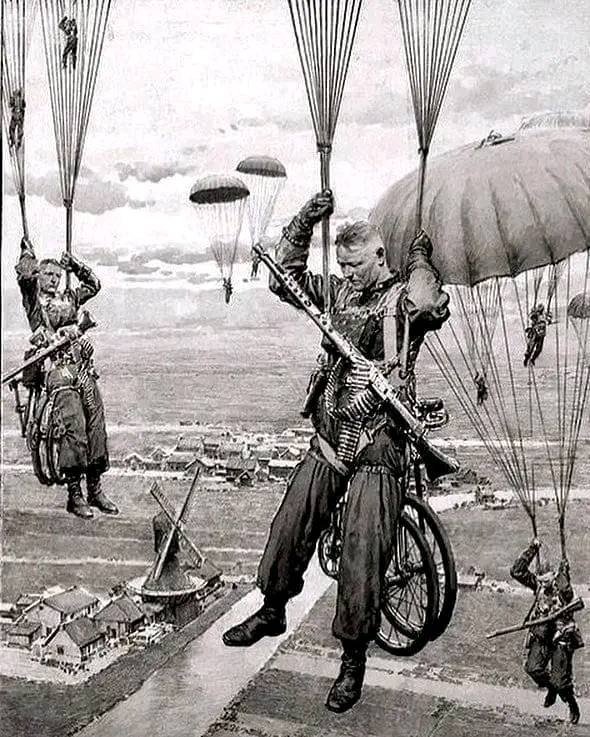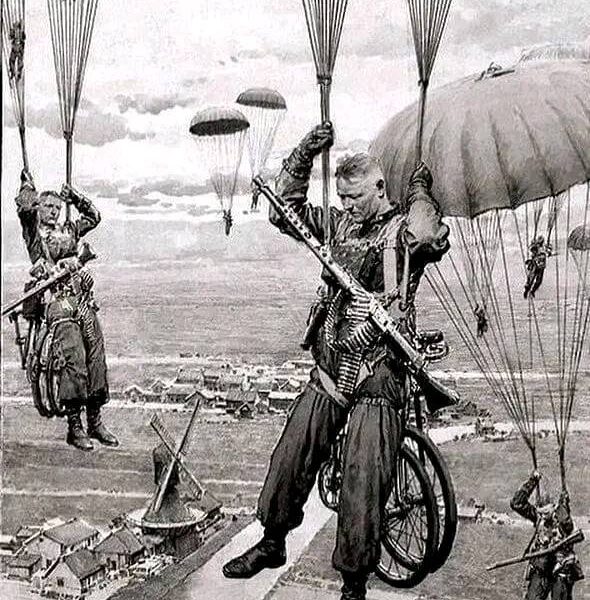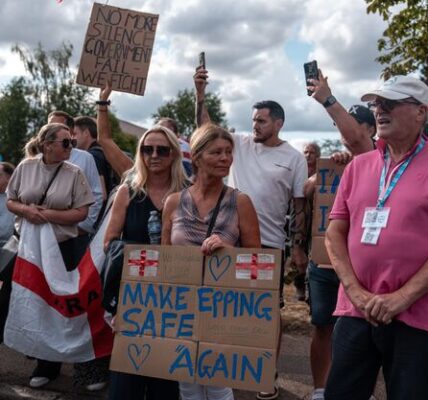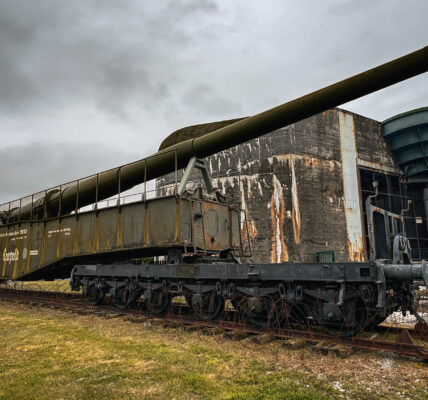
In World War II, they were the epitome of speed, surprise, and tactical superiority: the German paratroopers . These elite units of the Wehrmacht, later subordinated to the Luftwaffe, were considered fearless fighters who often carried out their missions deep behind enemy lines. The history of these troops is not only militarily remarkable, but also rich in dramatic moments, technical innovation—and controversy.
The idea of parachuting soldiers was revolutionary and was tested simultaneously by several nations in the 1930s. Germany was among the first countries to establish its own paratroop force. The first units were formed under General Kurt Student as early as 1936. They were intended to be part of a modern blitzkrieg strategy—rapid attacks supported by air power were intended to break through enemy lines before a defense could be established.
The German airborne operation during the invasion of Norway (1940) was one of the first significant operations. But the paratroopers became particularly famous for their spectacular attack on the Netherlands, particularly on the bridges near Rotterdam and The Hague. Equipped with bicycles, light weapons, and courage, they were tasked with securing the advance of the ground troops—an image captured in the iconic photograph: paratroopers floating to earth with machine guns and even bicycles.
The most famous and costly operation took place on Crete in May 1941. Thousands of paratroopers jumped over the Mediterranean island to capture it in a surprise attack. Operation “Mercury” was a tactical success, but the losses were so high that Hitler personally decided to stop major airborne operations. Nevertheless, the Battle of Crete cemented the reputation of the paratroopers as a fearless, elite unit.
Paratrooper training was rigorous and selective. Only soldiers with exceptional physical and mental resilience were accepted. In addition to paratrooper training, they also had to undergo training in urban warfare, close combat, and the handling of various weapons. Paratroopers were typically armed with light submachine guns such as the MP40 and the Sturmgewehr 44—the world’s first mass-produced assault rifle. Their uniforms differed from those of the regular infantry, and they wore special helmets and jump boots.
Another notable detail: paratroopers didn’t jump with full equipment. Their weapons were often dropped separately and had to be collected after landing—a risky procedure, however, offset by precise planning and training.
Nazi propaganda portrayed paratroopers as “superhumans”—strong, brave, and disciplined. But the reality was often more brutal. Especially in Italy and Russia, they fought under the most adverse conditions, often without adequate supply lines. Their bravery and tenacity are undisputed—but they, too, were part of an aggressive war of conquest that cost millions their lives.
Some paratroopers were later taken prisoner of war and described their missions from a sober, human perspective. For many of them,












